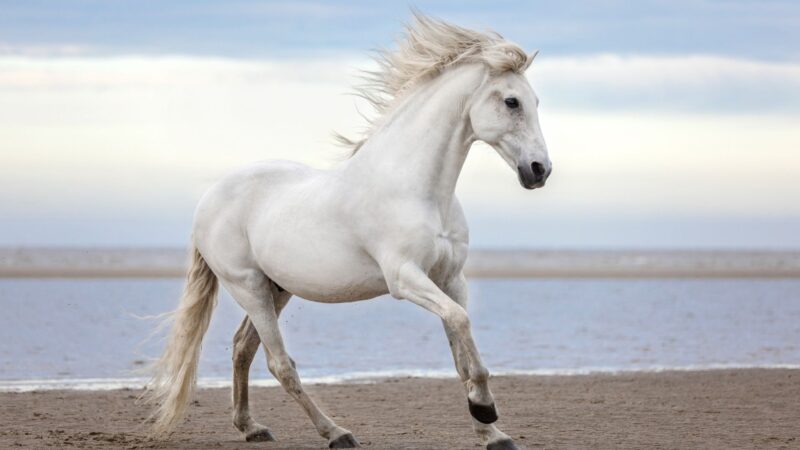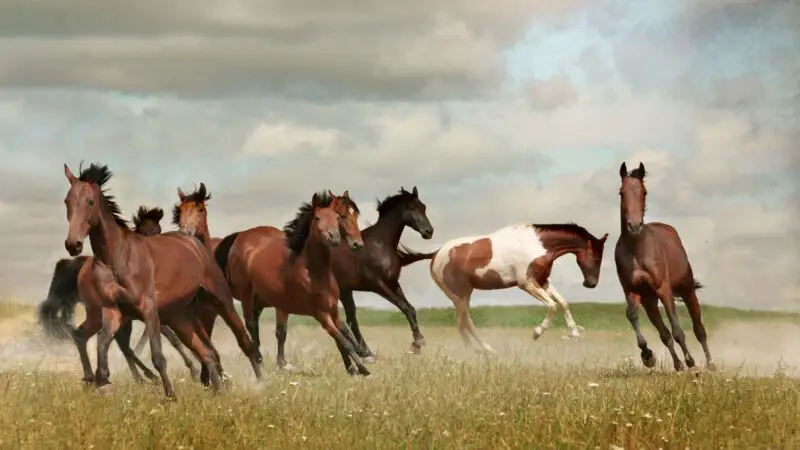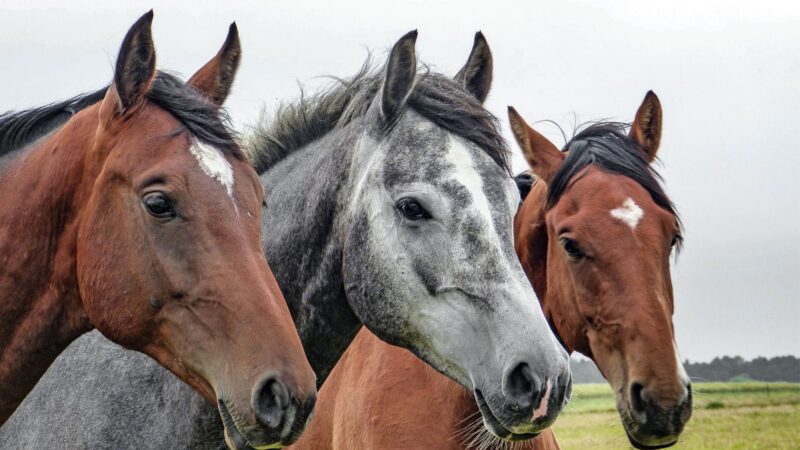As a horse enthusiast, you might be wondering whether it’s essential to learn about your horse’s anatomy. The short answer is yes! A solid understanding of horse anatomy can help you better care for your horse and recognize signs of injury or illness. This knowledge also enables you to communicate more effectively with your veterinarian and farrier.
In this blog post, we’ll explore the basic horse anatomy, including the outer hoof structure. We’ll also discuss some common questions about various parts of the horse and their functions. By the end, you’ll be equipped with practical insights and tips to enhance your experience as a horse owner or caretaker.

General Horse Anatomy
Before diving into the specifics, let’s cover the general anatomy of a horse. A horse’s body consists of the head, neck, trunk, and limbs. The head houses the brain, eyes, ears, and mouth, while the neck connects the head to the trunk. The trunk consists of the chest, back, and abdominal regions. Lastly, the limbs support the horse’s weight and provide mobility.
Skeletal System
The horse’s skeletal system is composed of approximately 205 bones, which provide support and protection for internal organs. The spine runs from the skull to the tail, with the thoracic vertebrae connecting to the ribs. The front limbs consist of the scapula, humerus, radius, ulna, and bones in the lower leg and foot. The hind limbs have the pelvis, femur, tibia, fibula, and lower leg and foot bones.
Muscular System
Horses have powerful muscles that enable them to run, jump, and carry weight. The muscular system includes the trapezius, pectorals, latissimus dorsi, gluteals, and quadriceps, among others. These muscles work together to produce smooth, coordinated movements.
Basic Outer Hoof Anatomy

The hoof is a crucial part of a horse’s anatomy, as it bears the horse’s weight and absorbs shock during movement. The outer hoof consists of the hoof wall, sole, frog, and heel bulbs. The hoof wall is made of keratin, the same material found in human hair and nails. The sole covers the bottom of the hoof, providing additional support and protection. The frog, a triangular-shaped structure, aids in shock absorption and traction. The heel bulbs are the soft, rounded areas at the back of the hoof, which help with weight distribution.
Glossary of Terms
- Withers: The highest part of the horse’s back, located between the shoulder blades.
- Croup: The top of the horse’s hindquarters, extending from the pelvis to the base of the tail.
- Stifle: The joint in the horse’s hind leg, equivalent to a human knee.
- Gaskin: The muscular part of the horse’s hind leg, between the stifle and hock.
- Hock: The large joint in the horse’s hind leg, similar to the human ankle.
Related Questions
What Are the Most Important Parts of a Horse?

Every part of a horse is essential, as they all work together to ensure the animal’s overall health and functionality. However, some critical areas include the hooves, spine, and joints, as they play significant roles in movement, support, and balance.
What Is the Weakest Part of a Horse’s Back?
The weakest part of a horse’s back is often the loin area, located between the last rib and the croup. This region has minimal muscle and bone support, making it more susceptible to injury, especially when carrying heavy loads.
What Is the Strongest Muscle in a Horse?
The gluteal muscles, located in the horse’s hindquarters, are considered the strongest muscles. These muscles are responsible for propelling the horse forward, providing power for running, jumping, and carrying heavy loads.
Is a Horse Stronger Than a Lion?
While horses and lions possess different types of strength, horses generally have greater endurance and pulling power. In contrast, lions have more explosive strength and agility for hunting and climbing. Comparing their strength directly is challenging, as each animal excels in distinct areas.

Final Thoughts
Understanding basic horse anatomy is essential for anyone involved in equine care, whether you’re a horse owner, trainer, or enthusiast. By familiarizing yourself with the horse’s structure and function, you can provide better care, detect potential issues, and communicate more effectively with equine professionals. Remember, a well-informed horse caretaker is an invaluable asset to the health and happiness of these magnificent animals.
Related: What Does a Healthy Horse Poop Look Like? | With Pictures
